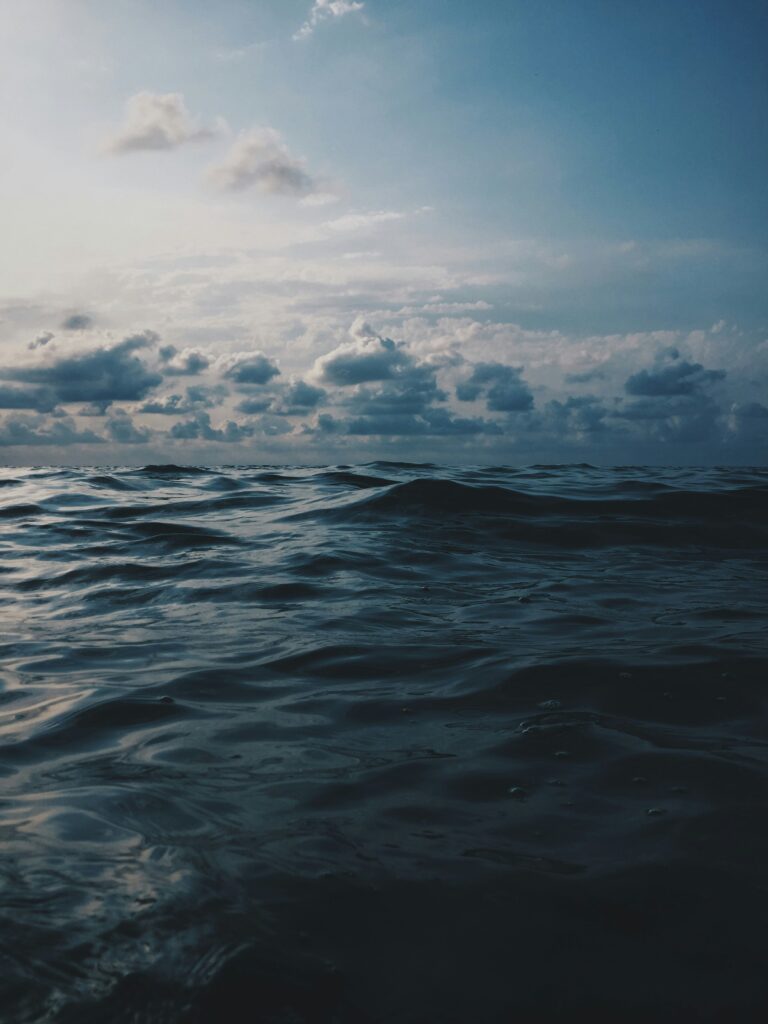Deep-sea creatures inhabit one of the most extreme environments on our planet. The depths of the ocean present challenges such as immense pressure, lack of sunlight, and scarce food resources. Yet, these remarkable organisms have evolved unique strategies to thrive in these harsh conditions. In this blog post, we will explore some of the survival strategies employed by deep-sea creatures, shedding light on the fascinating adaptations that allow them to flourish in the depths.
Extreme Pressure Tolerance
Overview of pressure in the deep sea
The deep sea is one of the most extreme environments on Earth, characterized by immense pressure due to the weight of the water above. Pressure increases with depth, with the average pressure in the deepest parts of the ocean reaching over 1,000 times greater than at the surface. For example, at the deepest point in the ocean, the Mariana Trench, the pressure exceeds 1,000 atmospheres. This intense pressure poses a significant challenge for organisms inhabiting these depths.
Adaptations of deep-sea organisms to withstand high pressure
Deep-sea organisms have evolved remarkable adaptations to thrive in high-pressure environments. One common adaptation is the presence of flexible or gelatinous bodies that can withstand compression. These organisms often lack gas-filled spaces, which would be easily collapsed by pressure. Some species also possess specialized molecules, such as piezolytes, which help stabilize cellular structures under pressure. Additionally, many deep-sea organisms have thick, robust skeletons or shells that provide structural support and protect internal organs from the crushing force of the water above.
Examples of pressure-resistant structures and mechanisms
Several deep-sea organisms exhibit fascinating pressure-resistant structures and mechanisms. One example is the deep-sea amphipod, a crustacean that thrives in the extreme pressures of the ocean depths. These creatures have been found at depths exceeding 10,000 meters, where the pressure exceeds 1,000 atmospheres. They possess a tough exoskeleton and a highly flexible body, allowing them to withstand the intense pressure. Another example is the barreleye fish, which has transparent fluid-filled chambers in its head that help equalize pressure and protect delicate sensory organs. Additionally, certain deep-sea bacteria produce special proteins that stabilize their cellular membranes, enabling them to survive at extreme depths. These examples illustrate the remarkable adaptations that allow organisms to thrive in the deep-sea environment’s challenging conditions.

Bioluminescence: Harnessing the Darkness
Explanation of bioluminescence and its significance in the deep sea
Bioluminescence is a fascinating phenomenon where living organisms produce light through chemical reactions within their bodies. This light production is particularly significant in the deep sea, where sunlight cannot penetrate, leaving organisms in perpetual darkness. Bioluminescent organisms utilize this ability for various purposes, including communication, attracting prey, and camouflage. The light they emit serves as a beacon in the darkness, allowing them to navigate, find mates, and ward off predators in their lightless environment.
How deep-sea organisms produce light
Deep-sea organisms generate light through a chemical process involving luciferin, a light-emitting molecule, and enzymes called luciferases. When luciferin reacts with oxygen in the presence of luciferase, it produces light. Many deep-sea creatures possess specialized light organs containing these chemicals, which they can control to emit light as needed. Some organisms, such as certain species of jellyfish and fish, have bioluminescent cells scattered throughout their bodies, while others have light-emitting organs in specific locations, such as beneath their eyes or along their sides.
The role of bioluminescence in communication, camouflage, and predation
Bioluminescence serves multiple functions for deep-sea organisms. Communication is one crucial role, with many species using light signals to attract mates or signal danger. Some organisms, like the deep-sea anglerfish, use bioluminescent lures to attract prey in the darkness. Additionally, bioluminescence plays a vital role in camouflage, allowing organisms to match the faint glow of sunlight filtering down from above or to mimic the bioluminescent patterns of their surroundings, effectively blending into the environment. Conversely, predators may also use bioluminescence to their advantage, either by attracting prey or by utilizing specialized light organs to search for food in the darkness. Overall, bioluminescence is a remarkable adaptation that shapes the behavior and survival strategies of deep-sea organisms in their lightless world.



